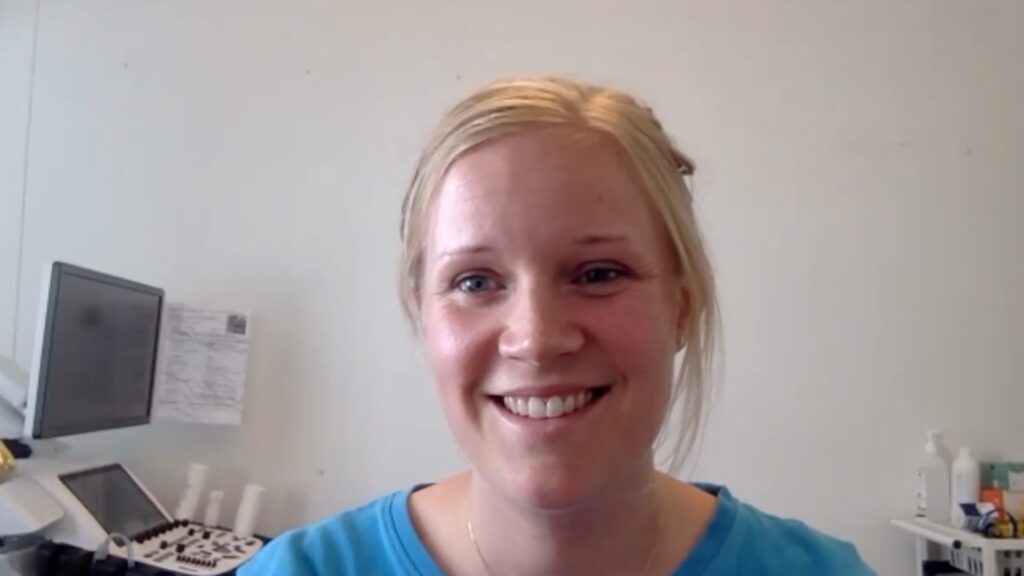The most common cause of hospital admission due to heart failure is due to excess fluid retention. The MicrocorTM device monitors fluid levels in the lungs to aid in patient management. In this touchCARDIO interview, we speak with Dr John Boehmer (Penn State Milton S Hershey Medical Center, Penn State College of Medicine, Hershey, PA, USA) to discuss the MicrocorTM device and what it adds to the field of heart failure.
The abstract entitled ‘Impact Of Heart Failure Management Using Thoracic Fluid Monitoring From A Novel Wearable Sensor: Results Of The Benefits Of Microcor (μCor™) In Ambulatory Decompensated Heart Failure (BMAD) Trial’ (Abstract number 409-10) was presented at ACC.23 Together With WCC (ACC.23/WCC) in New Orleans, 4–6 March 2023
Question:
What was the rationale to investigate thoracic fluid index (Microcor) as a monitoring tool for heart failure, and how does this compare to other devices? (0:21)
Disclosures: John Boehmer is a consultant for and has received grant/research support from Zoll Medical Corporation.
Support: Interview and filming supported by Touch Medical Media. Interview conducted by Danielle Crosby.
Filmed as a highlight of ACC 2023
Access more content on Heart Failure here
Click here for Dr Boehmer’s video on the BMAD trial
Transcript:
Hello I’m Dr John Boehmer. I’m the Medical Director of the Heart Failure Program at the Penn State Milton S Hershey Medical Center and Penn State College of Medicine.
Q: What was the rationale to investigate thoracic fluid index (Microcor) as a monitoring tool for heart failure, and how does this compare to other devices?
The most common reason that people are hospitalized for heart failure is because they hold on to excess fluid. And that fluid overload typically manifests when it gets in the lungs and people are short of breath. When people become short of breath and have difficulty breathing, that’s a common reason for them to go to the hospital.
This device monitors the amount of fluid in the lungs via low energy RF signals that then can be translated into an assessment of how wet or dry the lungs are. So that gets directly at the problem of tissue congestion in the lungs that can lead to symptoms that lead to people coming back with worsening heart failure.
There are several devices that have been used to monitor people with heart failure. The most common one is a weight scale. When people hold on to excess fluid, typically their weight goes up. Unfortunately, there is day to day variability in your weight as well as weights are not particularly sensitive or specific for the heart failure conditions. We also utilize metrics such as pulmonary artery pressures in order to monitor people with heart failure. There is some very good data demonstrating that can be used effectively to manage heart failure. However, we cannot do that with everyone, every time. We do not have the capacity to do that. Once we put it in one of those sensors, we are monitoring them as long as they live. This is something that is wearable that we can put on somebody to monitor them for a period of time, in this case, 90 days following a heart failure hospitalization, and then it can be removed. So we can monitor somebody else with the same infrastructure.
Subtitles and transcript are autogenerated













